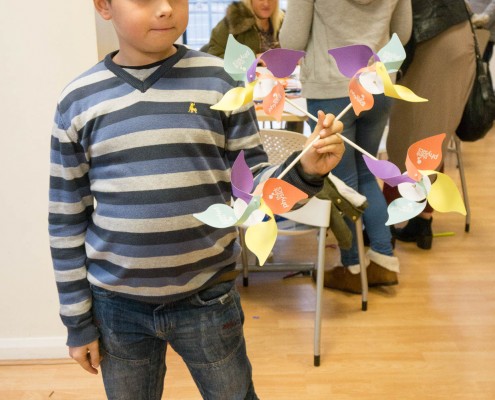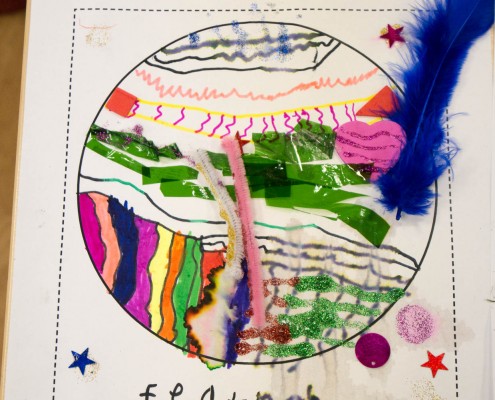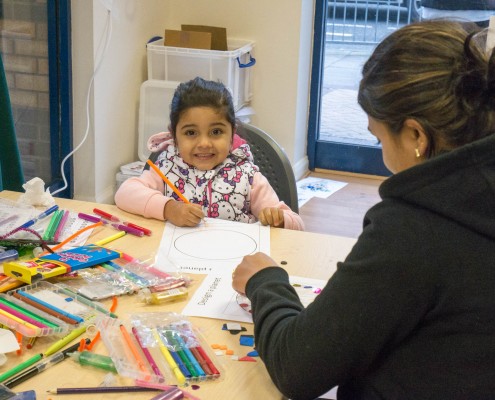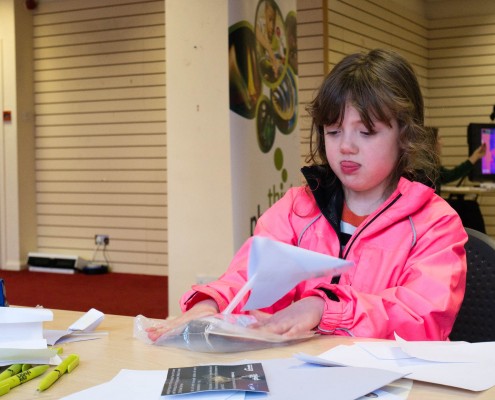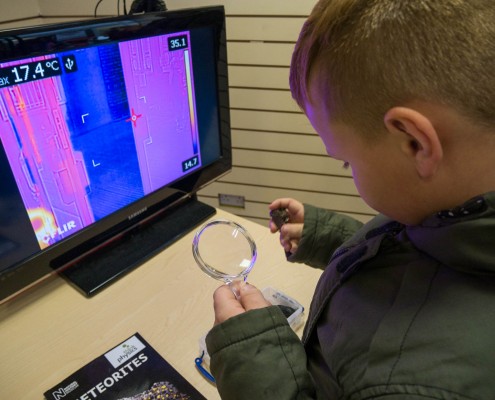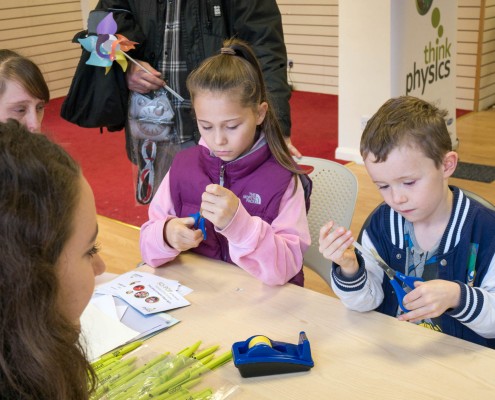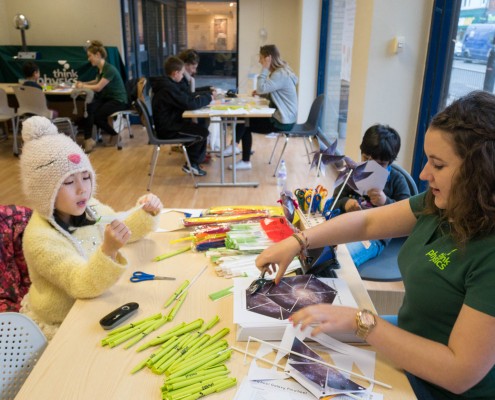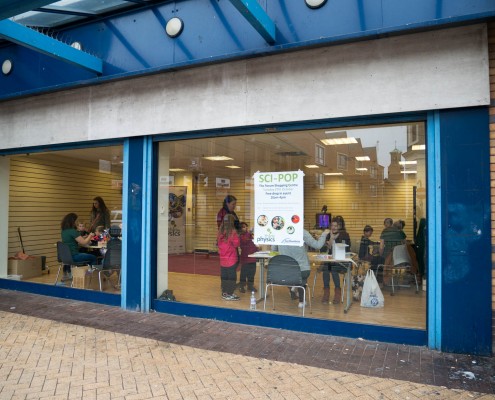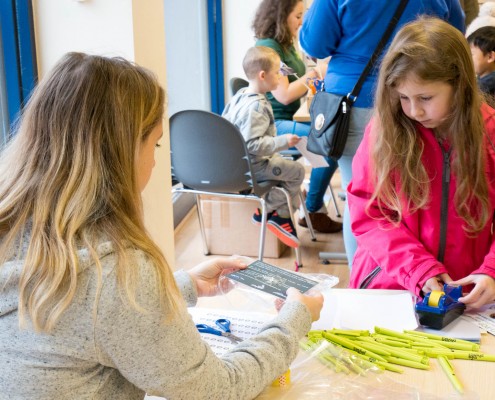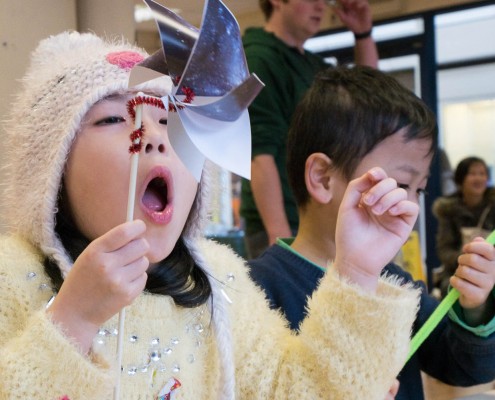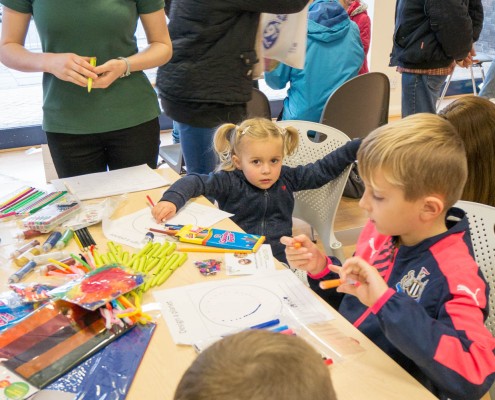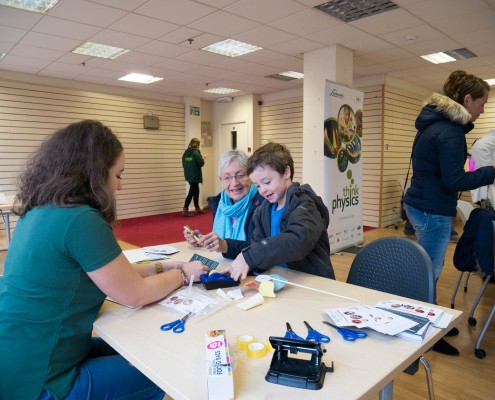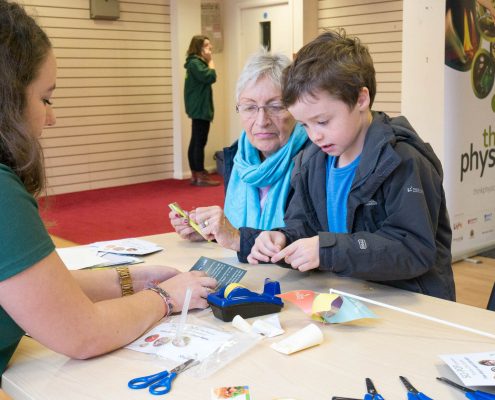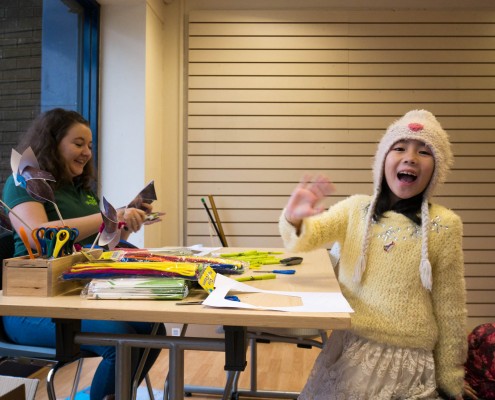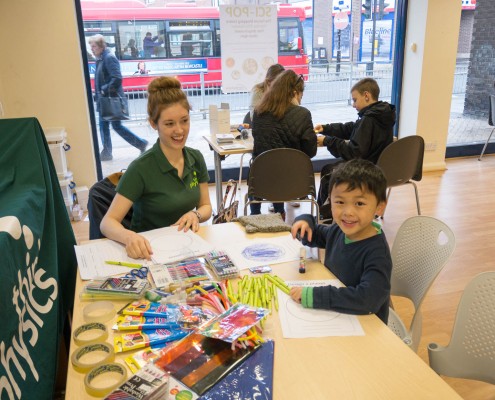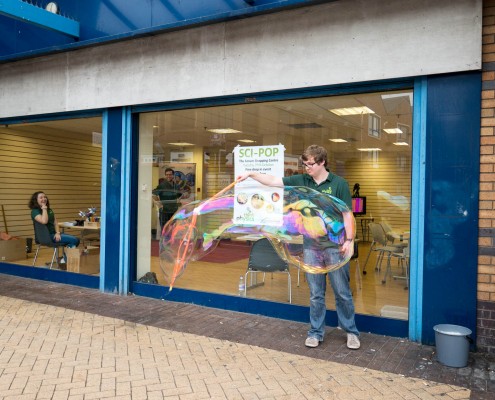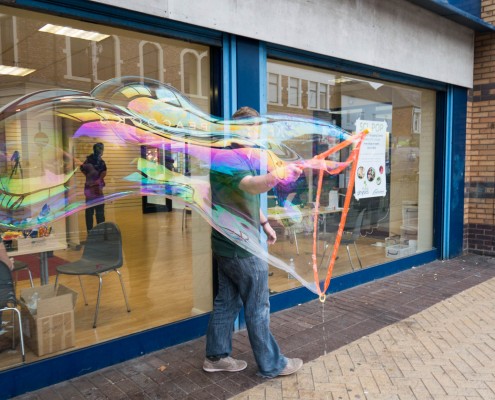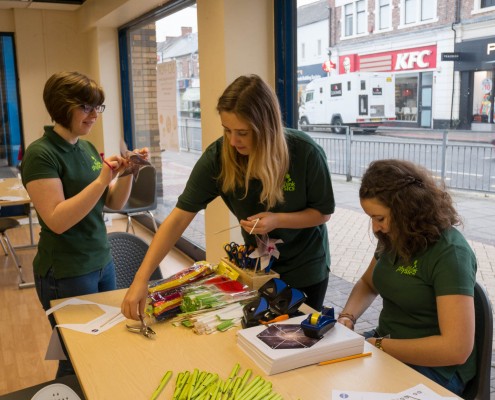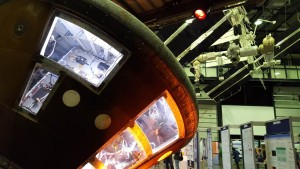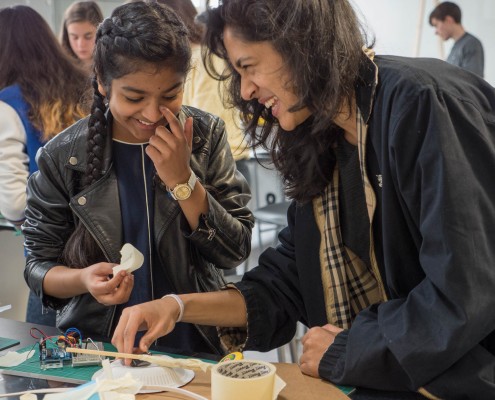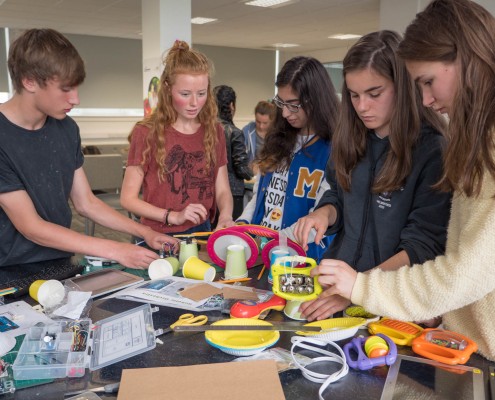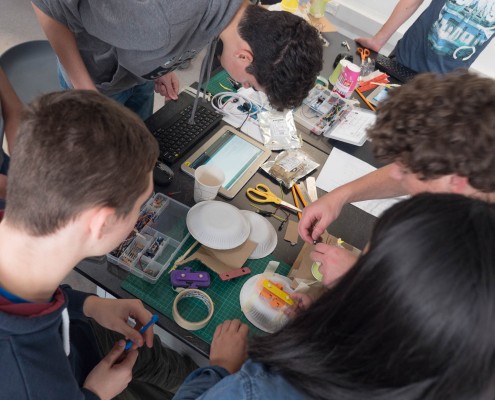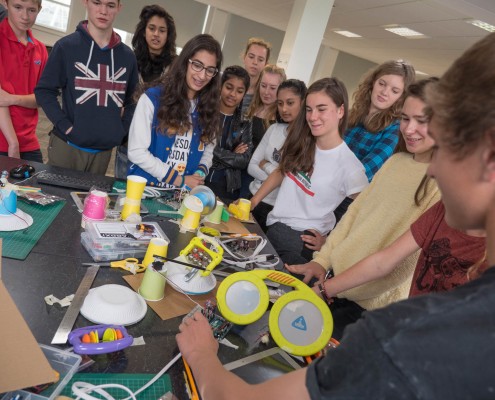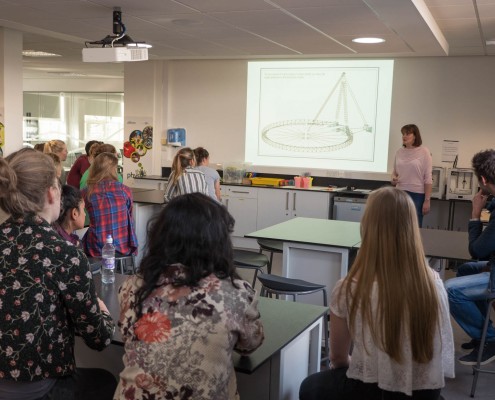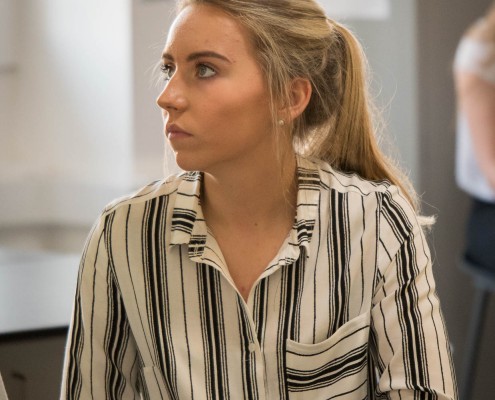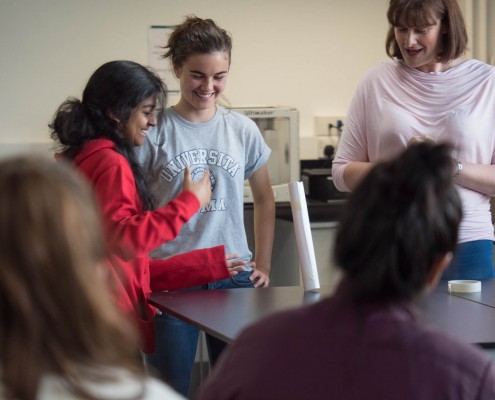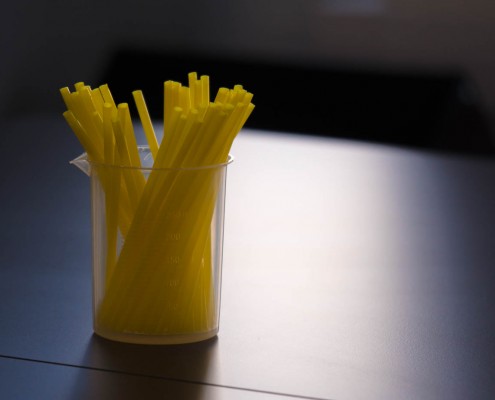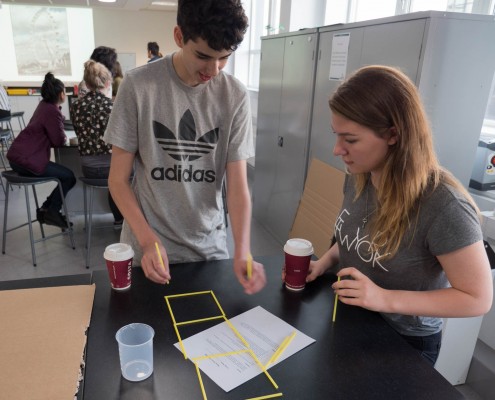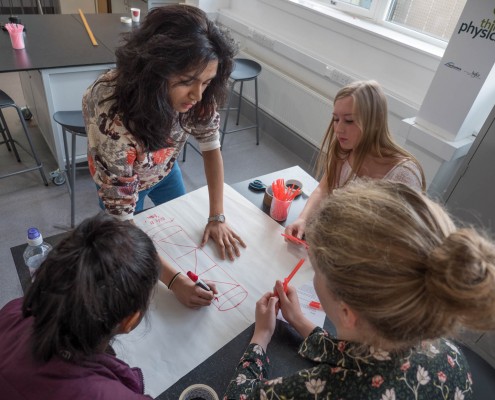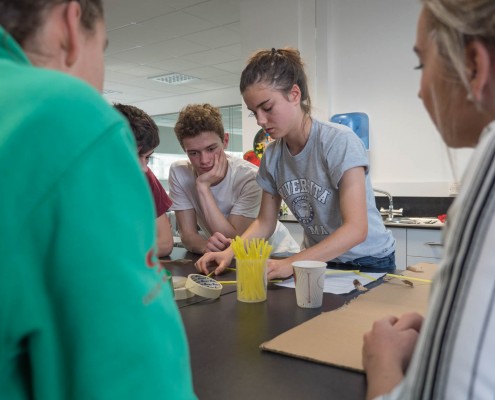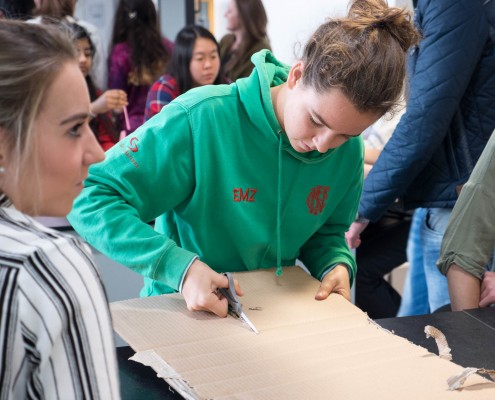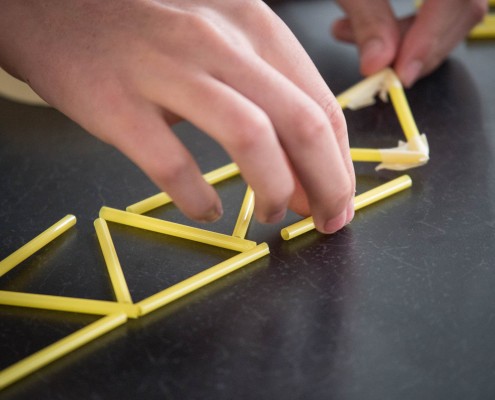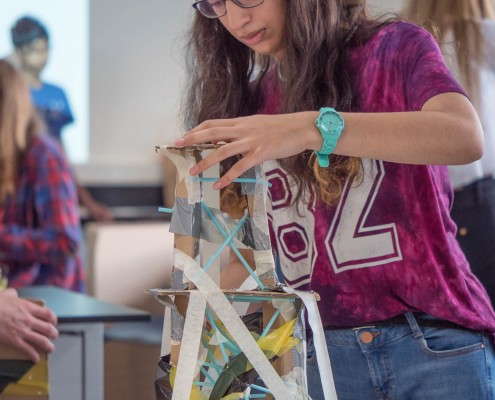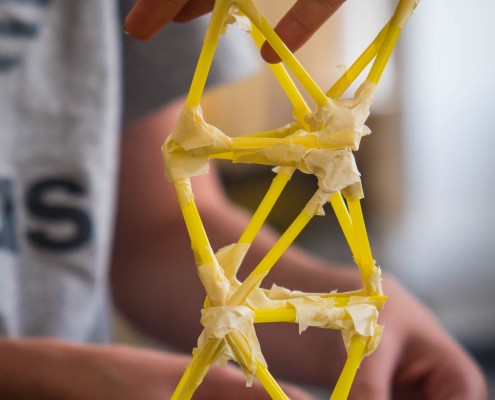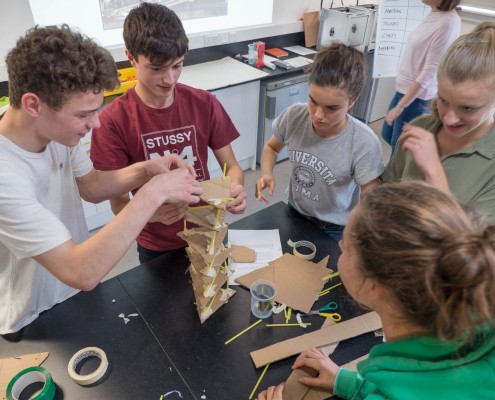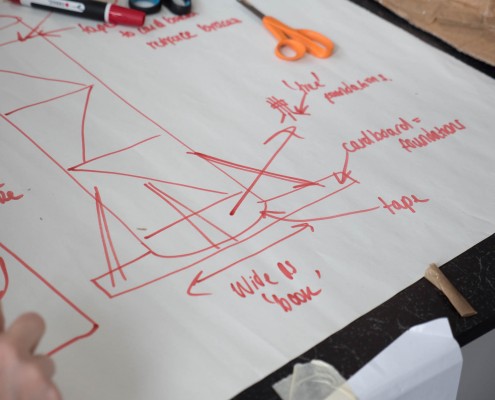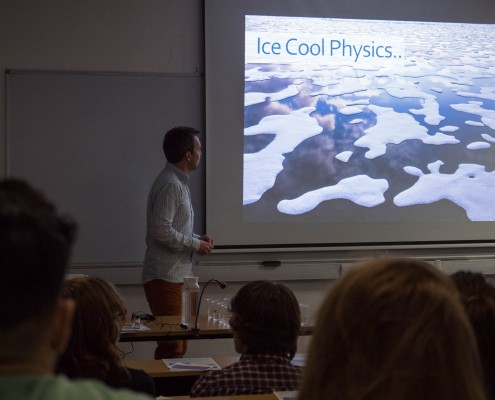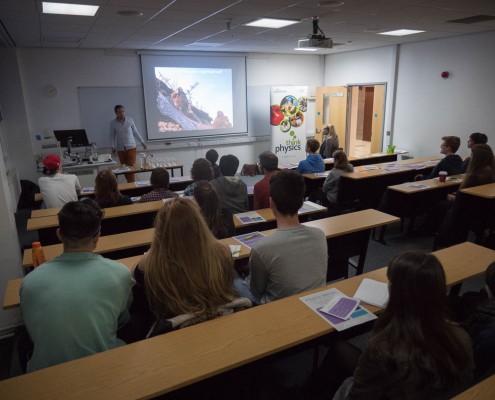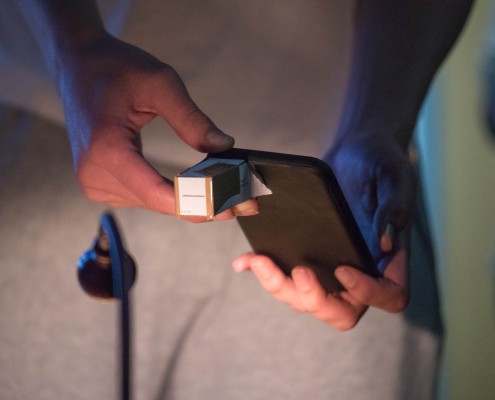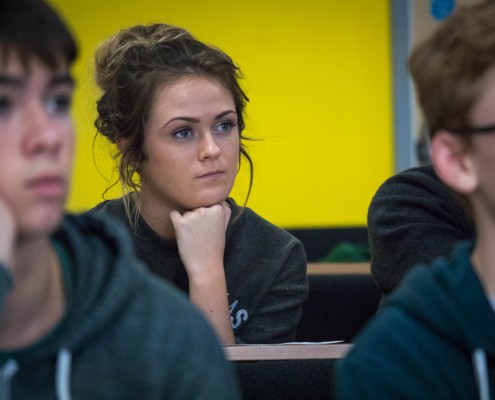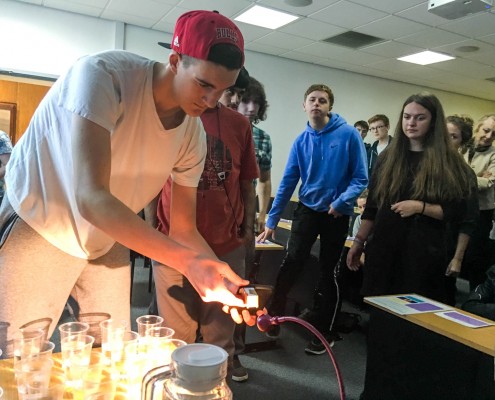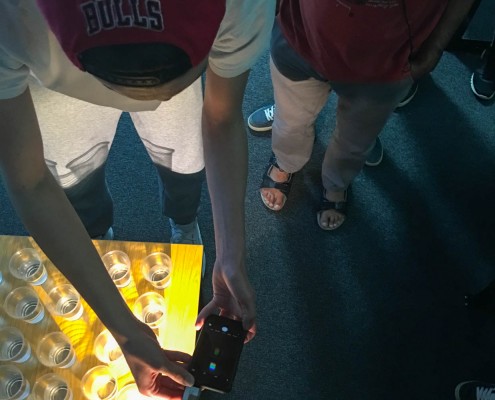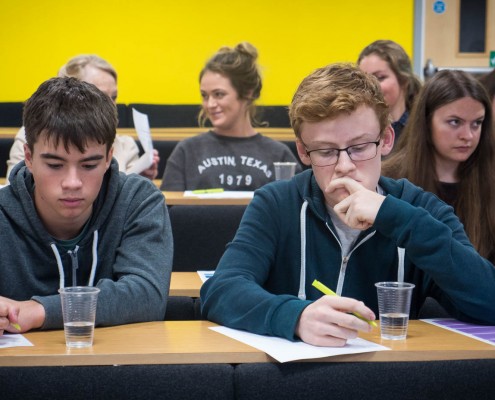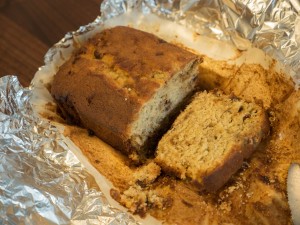The European Space Agency (ESA) describes itself as:
Europe’s gateway to space. Its mission is to shape the development of Europe’s space capability and ensure that investment in space continues to deliver benefits to the citizens of Europe and the world.
The organisation brings together 22 member states and wider partners from Bulgaria to the Ukraine, sharing financial resources and intellectual skills, allowing ESA to achieve far more than if one single European country were to go it alone. It’s a shining example of the benefits of collaboration.
The main objectives of ESA’s programmes are to find out more about Earth, its immediate space environment, our Solar System and the Universe. It also works to develop satellite-based technologies and services, to promote European industries, and to collaborate with space organisations outside Europe.
ESA has sites in Germany, Spain, Italy, the Netherlands, Belgium and in the United Kingdom.
Could you have a future space career?
Yes of course! If you have a passion for space, build the skills and knowledge that are required and you’ll be in with a shot.
For more information and to see the types of jobs available visit the ESA Careers website. There, you’ll find information on graduate traineeship schemes, work placements for undergraduate or masters students, case studies, videos and current opportunities, so you can get a flavour of the types of jobs and more importantly the skills and qualifications you would need.
Find out More: Subscribe to the ‘vacancies announcement‘ list and receive weekly updates about job opportunities.
Teachers: share with your pupils the types of jobs available within the Space sector. You could even inspire students (of all ages) by displaying job opportunities on the board as they enter the classroom. For example, very recently ESA have recruited for:
- Thermal Engineer
- Medical Officer
- Systems Engineer
- Earth Observations Project Specialist
- Contracts Officer
- Component Engineer
- Microelectronics Engineer

